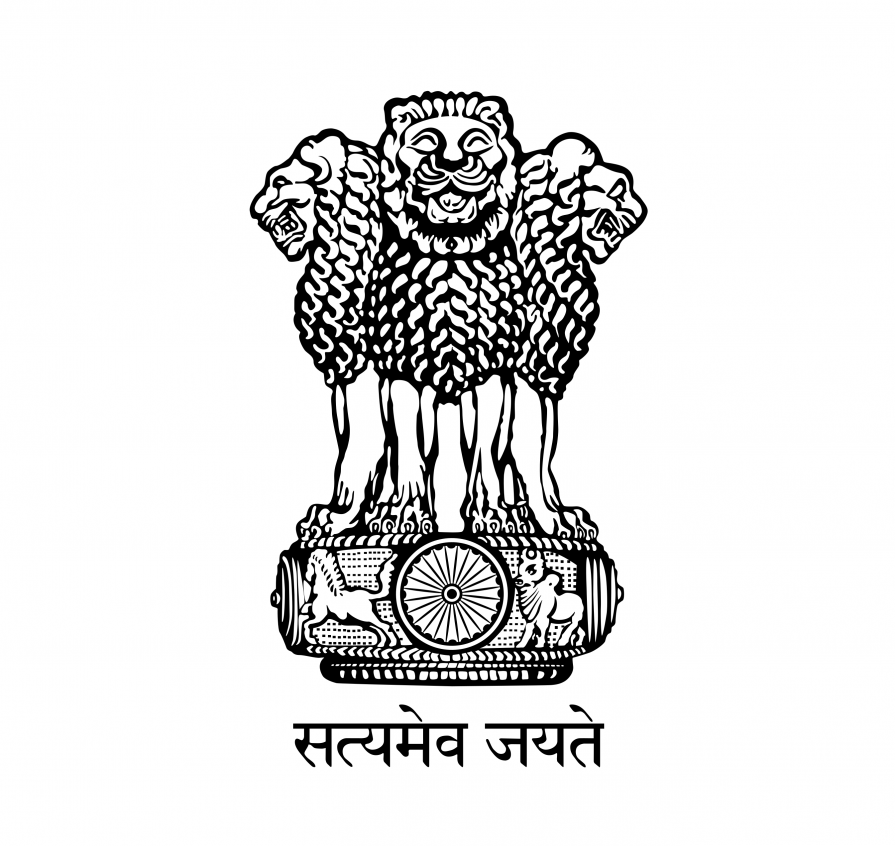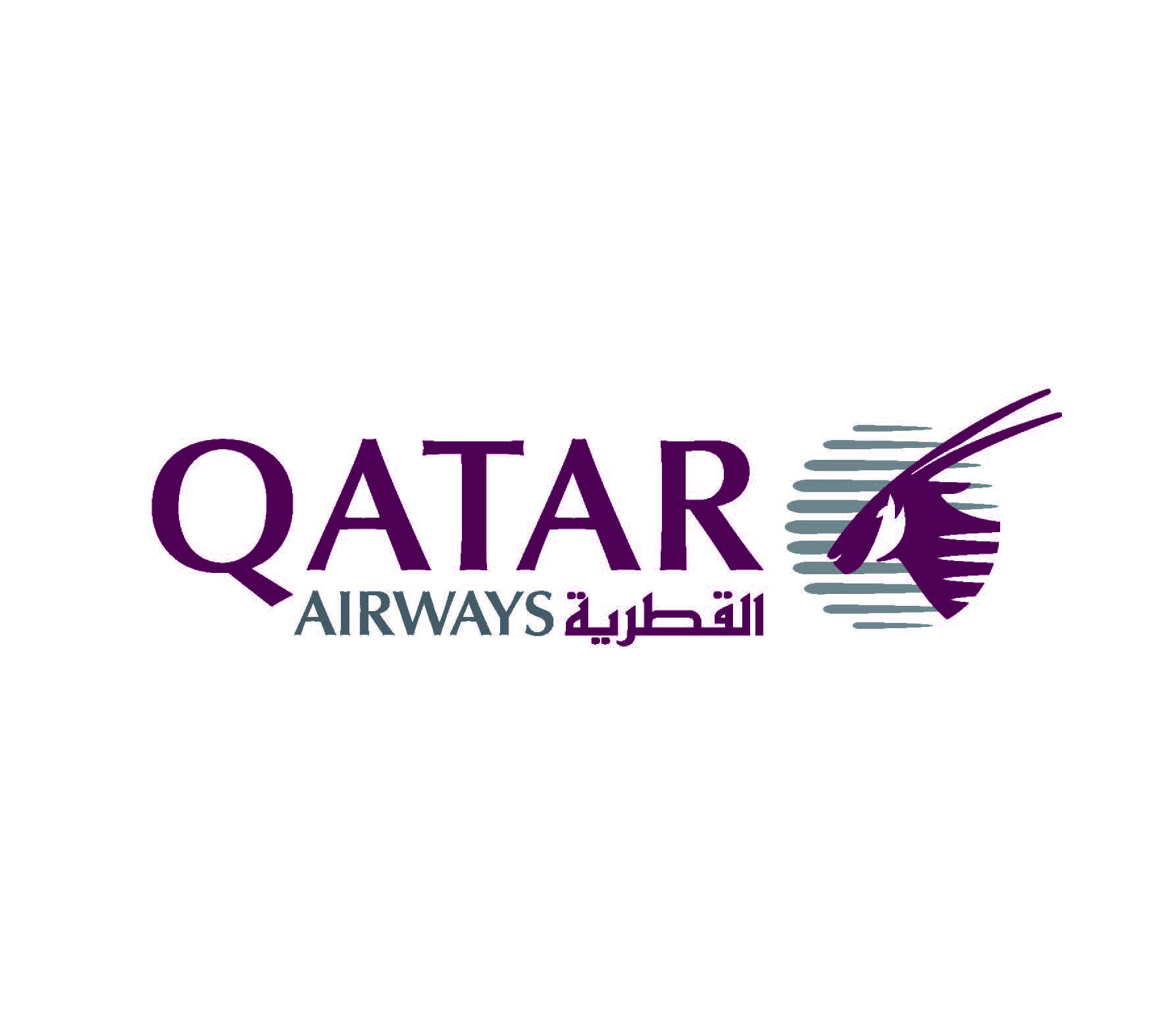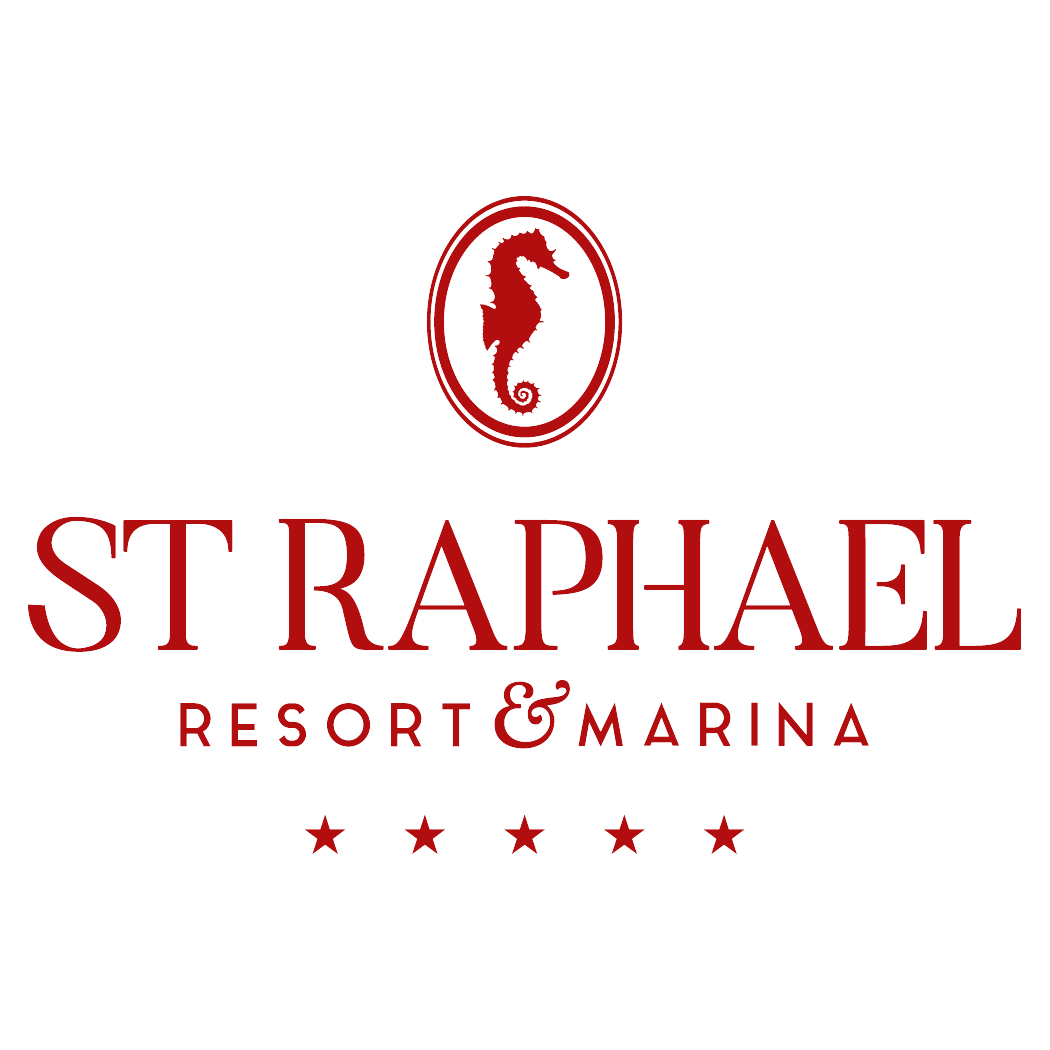The gentle touch that treats the craniosacral system
CranioSacral Therapy (CST) is a gentle, hands-on method of treating the body system called the craniosacral system. This system is the container of the Central Nervous System. It is comprised of the membranes and cerebrospinal fluid that flows around the brain and spinal cord. Our therapists use a soft touch generally no greater than 5 grams. This light touch enables them to release restrictions in the craniosacral system. The research and studies have been shown that an unrestricted craniosacral system improves the functioning of the central nervous system. Many other systems of the body, such as digestive, musculoskeletal, respiratory, circulatory and immunity have benefits from a balanced central nervous system. CST has also been shown to help with other phychosomatic conditions as Stress, Depression and Anxiety.
How does Craniosacral Therapy work?
Craniosacral Therapy is applied with very gentle hand placements on key points of the body, and the first purpose is to help release the body’s connective tissue or fascia.
The touch of 5 grams
The American osteopathic physician John E. Upledger was the one who discovered and developed Craniosacral Therapy (CST) through a process of continuous research that lasted from 1975 to 1983 at Michigan State University, where he worked as a Clinical Researcher and Professor of Biokinetics.
He focused on the fascia of the nervous system. Fascia is a three-dimensional organ found throughout the body, from head to toe, consisting of collagen fibers, elastin fibers, and water. Inside our fascia are placed all the bones, muscles, viscera, nerves, vessels. Even each of our cells has its own fascia.
Craniosacral Therapy is based on the view that the entire human body is interconnected at all levels through the fascia. A limitation at one level of the fascia affects some other part of our body and the whole function.
One of the features of fascia is that you can use a very light touch of no more than 5 grams to pull or push it in any direction. But if you use much more force than 5 grams, the body resists and does not let the fascia move.
The experienced craniosacral healer is able to keep his strength steady at 5 grams. Assesses and identifies points of restriction within the body. And then he can use touch to release the constriction of the fascia.
How is Craniosacral Therapy applied?
A Craniosacral Therapy session is always done with the client wearing their clothes. The therapist may ask you to remove your shoes before lying down. Usually the patient lies supine on a massage table. If this is not convenient the therapist can make adjustments to the table. Also, the patient can lie on his side or even remain seated, if this is necessary.
We usually start at the feet and apply the assessment techniques. This way we will find the points that the body of the treated person indicates to us as the most important to start the treatment.
In the beginning we focus more around the head and the spine, but the treatments are not limited to these areas for any reason. The experienced therapist will assess and work with the whole body!
The Use of Craniosacral Rhythm
Throughout the body there may be factors that limit posture and functionality. By using touch we listen to and evaluate one of the innate rhythms that our body produces, the Craniosacral Rhythm. This is produced by the expansion and contraction of the Craniosacral System. By evaluating the Rhythm we find where there are limitations in the body. The techniques we use next address the CranioSacral System and the structures it encloses, namely the Central Nervous System. For this reason the techniques affect movement, the sensory pathways in which pain is transmitted neurologically, the digestive system, the respiratory system, the function of the heart, the endocrine system and hormones… possibly all systems of the body.

What does a craniosacral therapy session include?
The process of receiving CranioSacral Healing is very relaxing and enjoyable (the same stands for giving a session as a therapist!). Physical and/or mental problems that were hidden or ignored come to the surface and are resolved. The therapist creates an environment of safety in order for the process to be completed.
Treatments usually last 1 therapeutic hour, although there are occasions when you may schedule a longer session with your therapist. Appointments for babies and toddlers usually last less, around 30-45 minutes.
What can I feel during the session?
During the session you can:
- Relax so deeply that you fall asleep
- Feel as if you are dreaming while awake
- Have memories of the past or ideas about the future
- Feel a pleasant feeling of warmth, calmness, expansion of the body
- Feel like you’re floating on water or even flying through the air
How will I be after the session?
- You may feel that you are breathing more fully and deeply
- You may feel symmetry in your body and that you are taller
- You will feel more comfortable in your body
- You may feel a sense of peace that you have only felt in nature
- You may notice an improvement in your sleep
Regardless of your experience, your therapist will stay with you to check in on you. This is a great opportunity to be able to describe your experience and think about how different you feel after your session. Results can also be felt even after your session is over, as the treatment continues for at least 48-72 hours.
Take time in the next 2-3 days just to notice changes like:
- How was your sleep?
- Have you had any change in your digestion process?
- How does your body feel?
- Are the pains you had the same degree of discomfort or have they subsided? Did they disappear?
- How is the movement in your body?
- Overall, would you say that your daily life has changed?
By paying attention to the benefits of this treatment, you will be able to understand how much frequent use of this method can help you.
Is Craniosacral Therapy a safe method?
Craniosacral therapy can benefit from small children and newborns to the elderly, there is no age limit. This is because the forces exerted during the application of the treatment are so small and harmless. But you should pay attention to some conditions.
The craniosacral therapist should be a member of the Upledger Institute of Craniosacral Therapists so that they have received the appropriate training.
The craniosacral therapy session should be performed by a highly experienced therapist if you experience any of the following:
- Fractured Skull
- Cerebral hematoma
- Structural defects in the cerebellum such as Arnold-Chiari syndrome.
- Brain aneurysm
- Traumatic brain injury
- Any disorder causes increased intracranial pressure of the cerebrospinal fluid.
Always seek the advice of your craniosacral specialist or personal physician if any of the above apply.
When should I see a craniosacral therapist?
By activating the body’s natural ability to heal itself, CranioSacral Therapy is increasingly being used as a preventive health tool. CranioSacral Therapy has the ability to enhance resistance to disease, and is effective in a wide variety of medical problems associated with pain and dysfunction. These include:
- Migraines and Headaches
- Chronic Neck and Back Pain
- Tinnitus and Vertigo
- Back pain
- Sciatica
- Anxiety
- Stress-related disorders
- Temporomandibular joint syndrome
- Fibromyalgia and other Connective Tissue Disorders
- Depressive Symptomatology
- Colics
- Scoliosis
- Neonatal and Childhood Disorders
- Plagiocephaly and Ribocranium
- Learning Difficulties, Dyslexia
- Attention Deficit Disorder (ADHD)
- Autism
- Disorders of the Central Nervous System
- Orthopedic Problems
- Post Traumatic Stress Disorder
- Postoperative Dysfunction
- Disorders in motor coordination
- Concussion
- Long COVID
- Neurovascular or Immune Disorders
While craniosacral therapy is still gaining ground among medical circles, it is rapidly gaining public traction as a natural, holistic healing approach with virtually no risk or side effects.
Ultimately the body itself has its own wisdom and can self-heal and self-regulate. We craniosacral healers should have worked very deeply with our “ego” so that we can zero it out and simply become the facilitators to properly support this process.
You will be able to find a certified Craniosacral Therapist trained by the Upledger Institute at the International Alliance of Healthcare Practitioners link, www.iahp.com , select Cyprus and press Find. Or on the Upledger website for Greece and Cyprus, www.upledger.gr, under ALUMNI.
Interested in studying Cranio-Sacral Therapy?
Check out Kyriakos Karampatziakis’s upcoming training here.
About Kyriakos

Kyriakos Karampatziakis is an Occupational Therapist, who graduated in 1999 from TEI of Athens with honors. In 2010 he began training as a CranioSacral therapist at the Upledger Institute Florida, USA and in 2016 he was appointed to represent the Upledger Institute in Greece. In 2019, he also founded the Upledger Institute Cyprus. In 2018 he obtained the Certification in Craniosacral Therapy Techniques and took over the direction of the Barral Institute Greece & Cyprus.
In 2021 he became a Certified Trainer of the Upledger Institute for Craniosacral Therapy.
He is a Secretary General of the Hellenic Assistive Technology Society
Member of the Panhellenic Association of Occupational Therapists
Medallion Member of the International Alliance of Healthcare Practitioners.
Skills
Occupational Therapist
Sensory Integration Practitioner
Certified Craniosacral Therapy Practitioner
Presenter of Craniosacral Therapy
Instructor for CranioSacral Therapy
Visceral Manipulation Practioner
Phone number: +30 6948079564













